New experiences
Immersive experiences have been popular for a while now, with many organisations and artists – along with audiences – trying out new ways of experiencing arts and culture.
As technology develops, the ways in which audiences can interact with, view and experience art is changing and, alongside this, the number and variety of immersive experiences is increasing.
There are new and interesting ways for storytellers to engage audiences – from audio tours in museums and galleries, to a 360 captured performance or a VR experience, our interactions with culture can take on new shapes and forms.
The Space has supported a number of interactive experiences – and spoken with a couple of experts in the field about why the arts and cultural sector should be interested in immersive trechnology and the potential that it has for expanding the ways in which art is created and experienced.
The articles below include a beginner’s guide to VR experiences, a round-up of some of the best immersive arts-based experiences, case studies and tips from experienced producers about why creators need to focus on the story, then think about the tech.
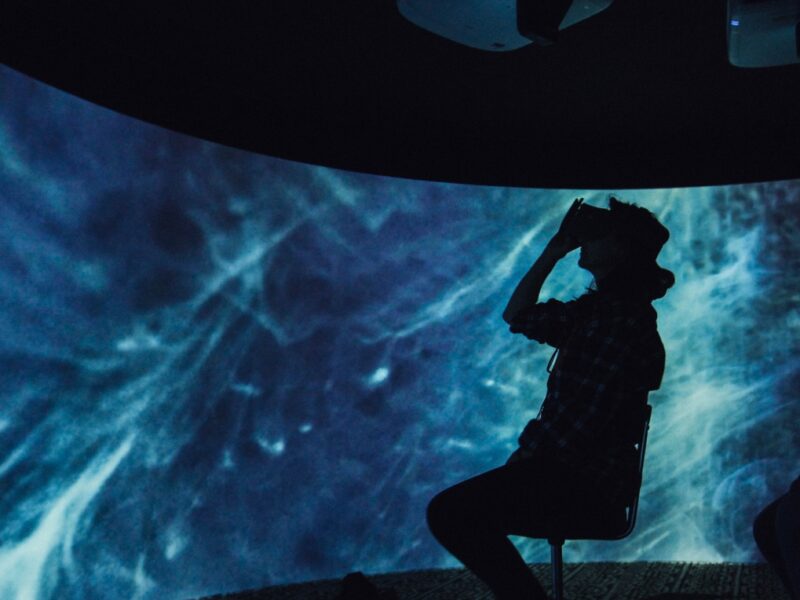
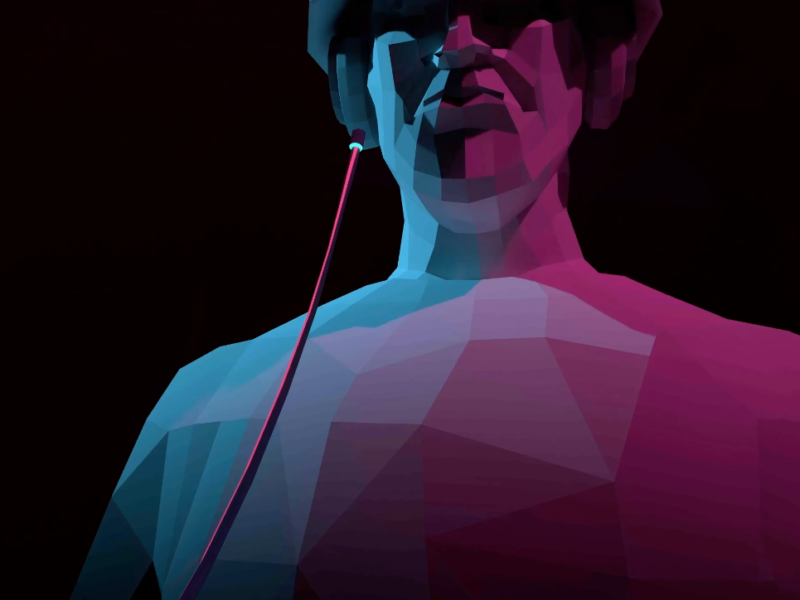
Some great VR and AR experiences
Audiences now want more than ever. Agency. Interaction. Immersion. The way we consume culture is changing and audiences now have a real curiosity for experiences designed to immerse you into the story, give you agency and allow you to interact and make meaningful decisions. No longer do we just want to hear a story, we want to embody the character, fall down the rabbithole into a storyworld and experience things differently.
Some different experiences
Getting started
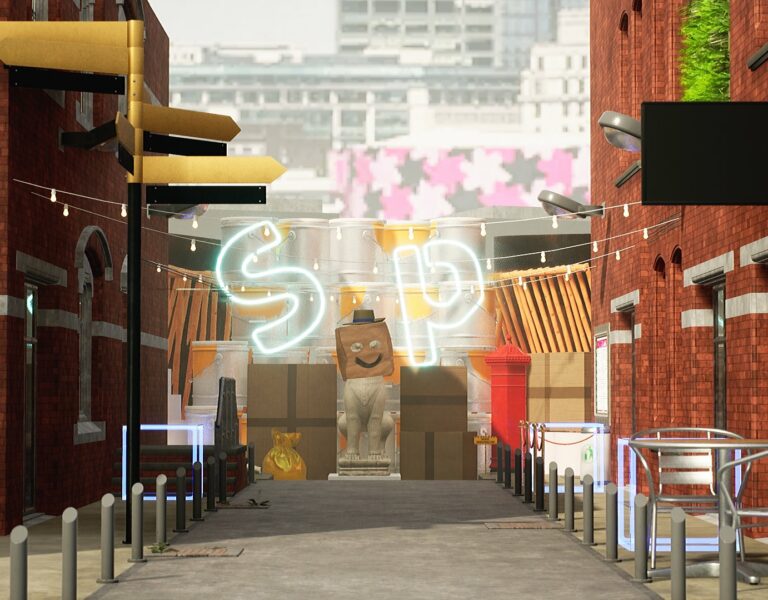 Building and Sharing Digital Worlds
How recreating real world settings online can help connect with local audiences in innovative ways
Building and Sharing Digital Worlds
How recreating real world settings online can help connect with local audiences in innovative ways 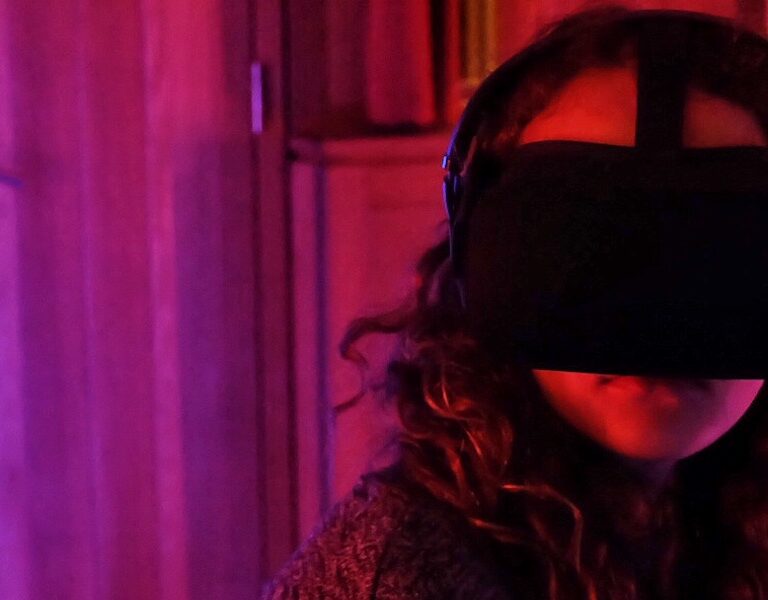 Virtual reality: a beginners’ guide for the arts
Award-winning Catherine Allen, Director of Limina Immersive explains how arts organisations can start to experiment with the possibilities of virtual content.
Virtual reality: a beginners’ guide for the arts
Award-winning Catherine Allen, Director of Limina Immersive explains how arts organisations can start to experiment with the possibilities of virtual content. 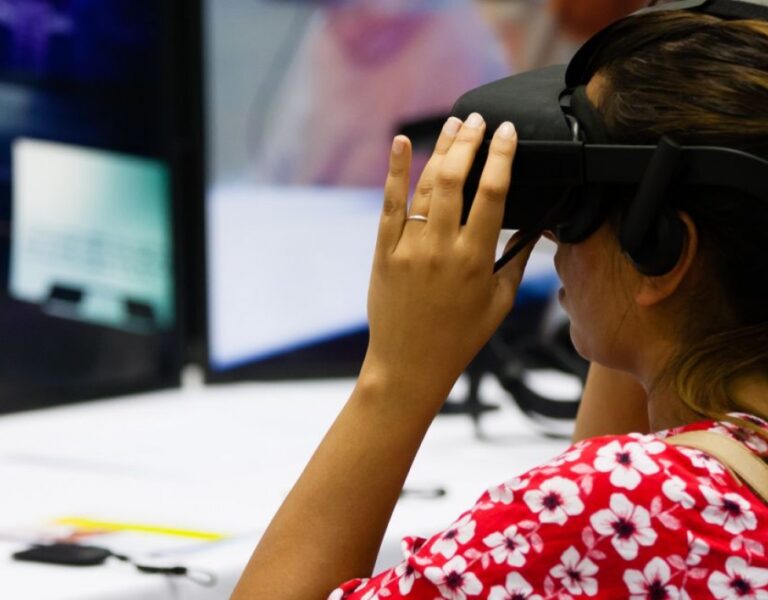 Creating great audience experiences using 360 and VR
“It’s the creative and the art that matters, not the technology.”
Creating great audience experiences using 360 and VR
“It’s the creative and the art that matters, not the technology.” Case studies
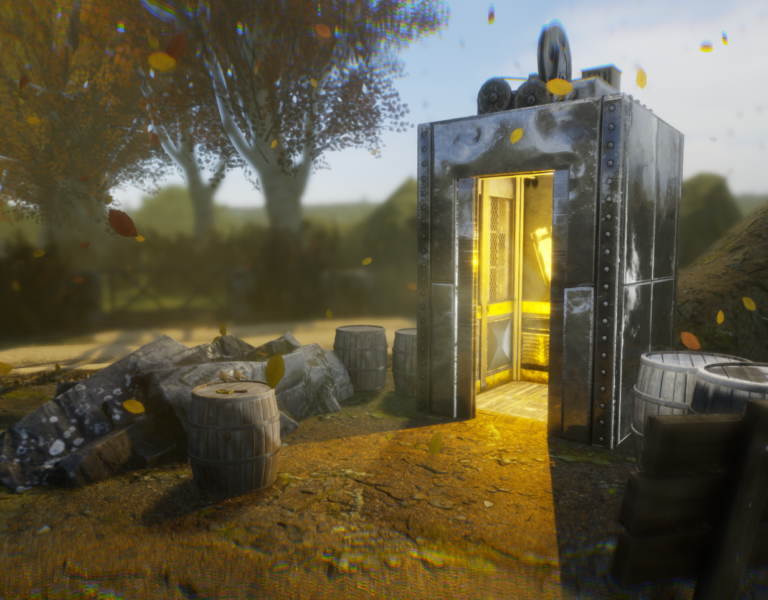 The transition from physical to immersive theatre
Thinking of working with immersive tech? Creative Director of MBD, Paul Long talks about the opportunities and offers his top tips
The transition from physical to immersive theatre
Thinking of working with immersive tech? Creative Director of MBD, Paul Long talks about the opportunities and offers his top tips 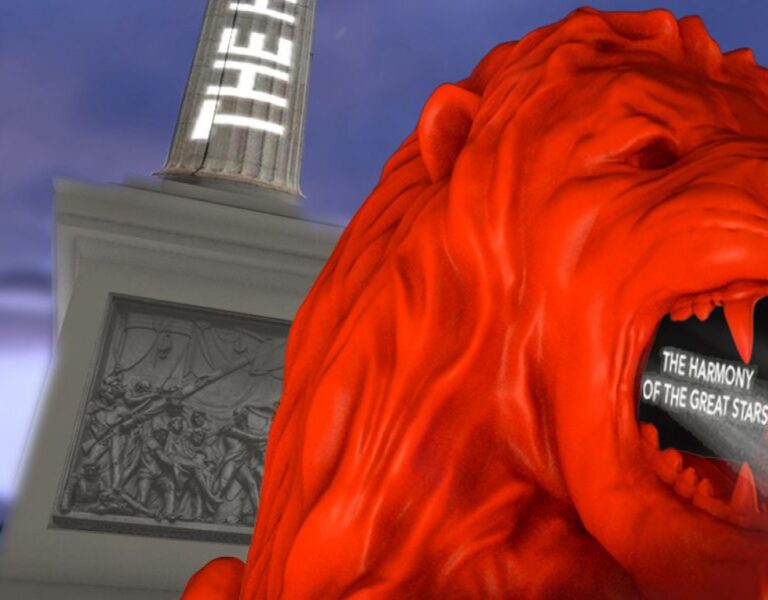 Please Feed the Lions: Interactive AI brought a London landmark to life
Es Devlin used AI and a bright red lion to create an interactive artwork
Please Feed the Lions: Interactive AI brought a London landmark to life
Es Devlin used AI and a bright red lion to create an interactive artwork 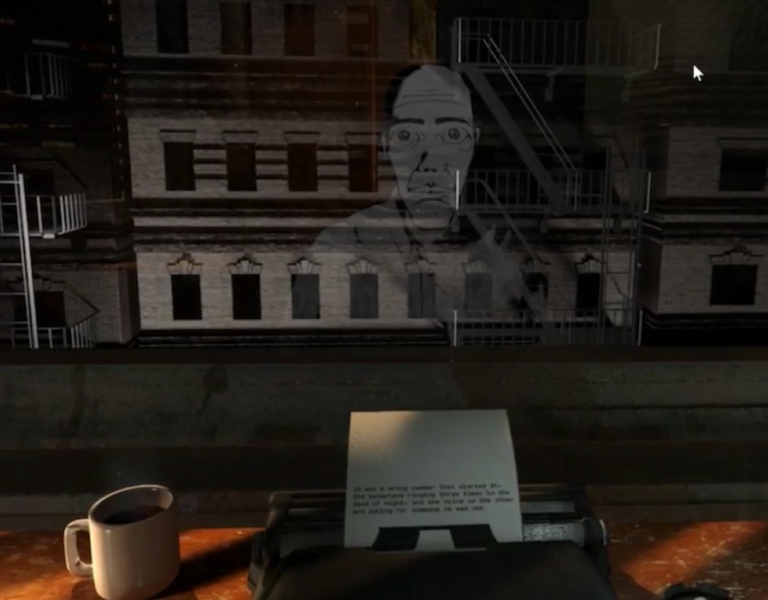 Technology as a storytelling tool
How 59 Productions combine art and tech to tell amazing stories; set design, live recording, projection mapping, VR and more…
Technology as a storytelling tool
How 59 Productions combine art and tech to tell amazing stories; set design, live recording, projection mapping, VR and more… 
